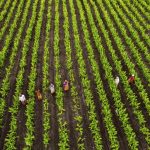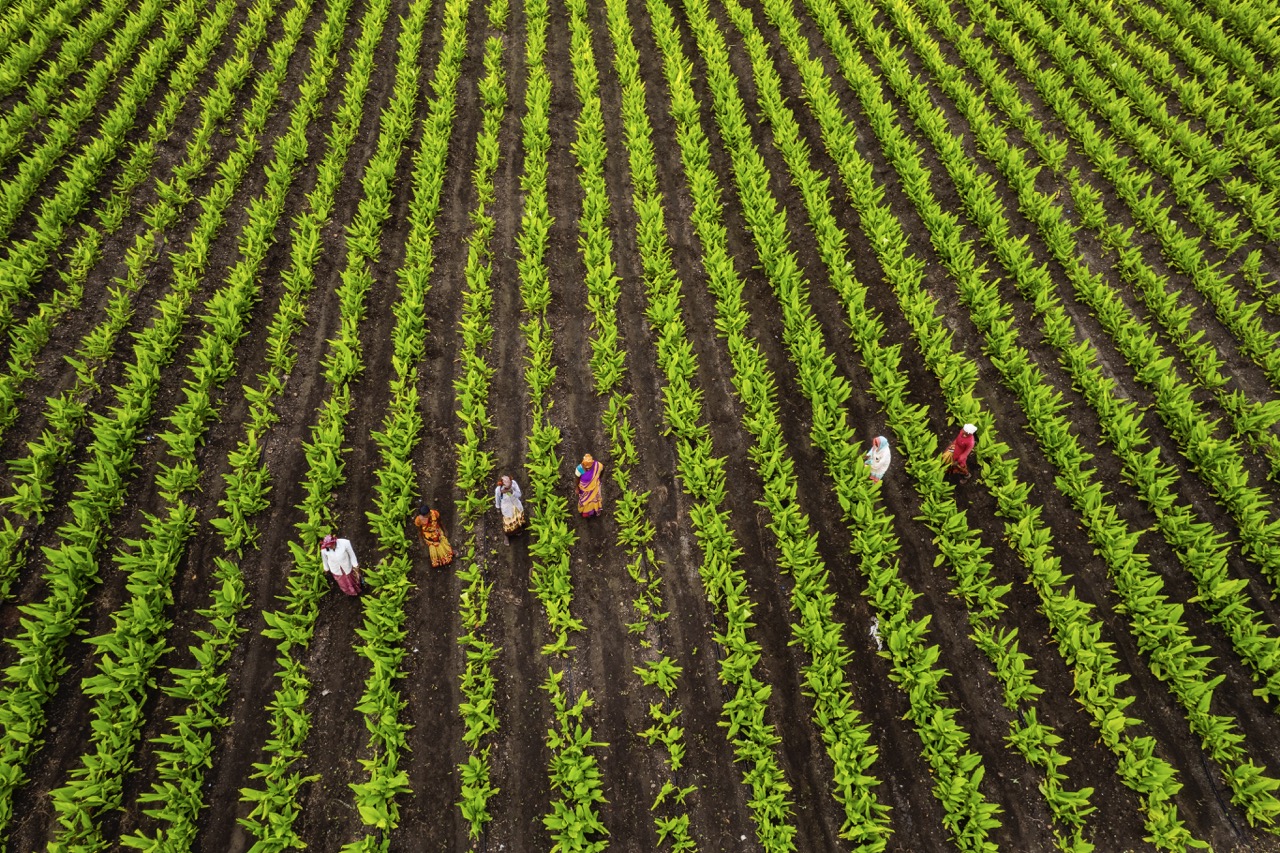Industrial agriculture, characterized by large-scale farming operations that prioritize high yields and efficiency, has become the dominant method of food production worldwide. While this approach has significantly increased food availability, it has also brought about numerous environmental challenges that are often overlooked. The extensive use of synthetic fertilizers, pesticides, and monoculture practices has led to dire consequences for ecosystems, soil health, and water quality. As the global population continues to grow, the need to address these issues becomes increasingly urgent. This article will explore the hidden environmental costs of industrial agriculture, focusing on soil degradation, water pollution, and sustainable alternatives that could mitigate its impact.
The Hidden Costs of Industrial Agriculture on Ecosystems
Industrial agriculture disrupts natural ecosystems by prioritizing monoculture over biodiversity. This farming approach limits the variety of crops grown, leading to a significant loss of genetic diversity and habitat destruction. The simplification of landscapes not only affects flora and fauna but also disturbs ecological balances, making ecosystems more vulnerable to pests and diseases. As a result, farmers may rely more heavily on chemicals to manage these threats, perpetuating a cycle of environmental degradation.
Furthermore, the heavy machinery and intensive farming practices associated with industrial agriculture contribute to soil compaction and erosion. These practices disrupt natural soil structures and reduce the land’s capacity to retain water, leading to increased runoff and sedimentation in nearby bodies of water. The loss of natural landscapes to industrial farms also diminishes the resilience of ecosystems against climate change, making it harder for wildlife to adapt to shifting environmental conditions.
The impact extends beyond direct environmental degradation. Industrial agriculture often encroaches on indigenous lands and local communities, leading to social and economic injustices. As farmers are pushed to adopt these practices to remain competitive, traditional knowledge and sustainable farming methods are often lost, further exacerbating the ecological crisis. The hidden costs of industrial agriculture on ecosystems are complex and multifaceted, necessitating a comprehensive reevaluation of our current food systems.
Soil Degradation: The Silent Crisis Beneath Our Feet
Soil degradation is one of the most pressing environmental issues stemming from industrial agriculture, yet it often goes unnoticed. Intensive farming practices, including excessive tilling and the continuous planting of a single crop, strip the soil of essential nutrients and organic matter. This degradation diminishes soil fertility, leading to decreased agricultural productivity over time. Farmers may respond by applying more synthetic fertilizers, initiating a vicious cycle that further harms the soil’s health.
The consequences of soil degradation extend beyond agricultural yield. Healthy soil is vital for carbon sequestration, which plays a crucial role in mitigating climate change. When soil is degraded, its ability to store carbon diminishes, contributing to increased greenhouse gas emissions. Moreover, degraded soils are less capable of retaining water, leading to increased vulnerability to drought and flooding. This not only threatens food security but also impacts local ecosystems that depend on healthy soil for their survival.
Restoring degraded soils is a complex process that often requires significant time and resources. Practices such as crop rotation, cover cropping, and reduced tillage can help rebuild soil health, but these methods are not widely adopted in industrial agriculture. As awareness of soil degradation grows, there is a pressing need for policies and incentives that promote sustainable practices to safeguard this critical resource for future generations.
Water Pollution from Agrochemicals: A Growing Concern
The use of agrochemicals in industrial agriculture has led to widespread water pollution, posing serious risks to human health and aquatic ecosystems. Fertilizers, pesticides, and herbicides can leach into groundwater and run off into rivers and lakes, contaminating drinking water sources and harming aquatic life. Eutrophication, a process driven by nutrient pollution, leads to algal blooms that deplete oxygen levels in water bodies, resulting in dead zones where aquatic life cannot survive.
In addition to the environmental impact, water pollution from agrochemicals also raises public health concerns. Communities near industrial farms often experience higher rates of waterborne illnesses and chronic health issues related to chemical exposure. Vulnerable populations, including children and the elderly, face the greatest risks, exacerbating existing health disparities. The regulatory frameworks surrounding agrochemical use are often inadequate, leaving many communities unprotected from the consequences of industrial agricultural practices.
Addressing water pollution from agrochemicals requires a multifaceted approach, including better management of agrochemical application and investment in sustainable farming practices. Integrated pest management (IPM) and organic farming techniques can reduce reliance on harmful chemicals, improving both water quality and ecosystem health. Public awareness campaigns and community engagement are also essential in advocating for cleaner water and healthier agricultural practices, as the health of our waters is intricately linked to the health of our communities and ecosystems.
Sustainable Alternatives: Rethinking Agricultural Practices
As the environmental toll of industrial agriculture becomes increasingly apparent, the search for sustainable alternatives has gained momentum. Agroecology, which combines traditional agricultural practices with ecological principles, offers a promising approach to food production that prioritizes biodiversity, soil health, and community resilience. By diversifying crops and integrating livestock, agroecological systems can improve ecosystem services, reduce the need for synthetic inputs, and enhance food security.
Additionally, regenerative agriculture focuses on restoring soil health and ecosystem functionality through practices such as cover cropping, composting, and holistic grazing. These methods not only combat soil degradation but also promote carbon sequestration and enhance resilience to climate change. By investing in research and education around these sustainable practices, farmers can transition away from industrial agriculture while still maintaining productivity and profitability.
Finally, consumer engagement plays a crucial role in fostering sustainable agricultural practices. By supporting local farmers, choosing organic products, and advocating for policies that promote environmental stewardship, consumers can drive demand for more sustainable food systems. The shift towards sustainable agriculture requires collaboration among farmers, consumers, policymakers, and researchers to create a food system that nourishes both people and the planet.
The environmental impact of industrial agriculture is profound and multifaceted, affecting ecosystems, soil health, and water quality. As we face the challenges of climate change and food security, it is essential to rethink our approach to agriculture. By embracing sustainable alternatives and fostering a more resilient food system, we can mitigate the hidden costs of industrial farming and ensure a healthier planet for future generations. The transition may be challenging, but the benefits of a sustainable agricultural system are not only necessary but also achievable through collective efforts and commitment.










